Let’s Talk
- About Plot: We can observe the details of the illustrations, and encourage our child to describe them, follow the events, and make connections. We notice changes in the sea scene, the girl, and the birds, describing the girl’s feelings each time.
- About Personal experiences: Have we experienced similar feelings? How and when? We can recall our journeys, adventures, moments, and various experiences.
- About Seas and nature: What does the sea remind us of? Which seas have we visited? What other natural places do we know? We can compare them: how are they similar or different?
Let’s Enrich our Language
- Description and comparison: We can describe the girl’s features and the feelings she expresses. We can compare them in each scene.
- Birds: We can pay attention to the birds in the drawings, think about their relationship with the girl, and learn about their characteristics and advantages.
- Names: We can suggest a name for the girl, think about our own names, who gave them to us? We try to remember the stories and meanings behind our names.
- Actions: We can observe the girl’s movements and name them. We can also perform similar actions.
Let’s Explore
- Seas: we can visit a nearby sea, look at the sunset or sunrise, observe the waves, and enjoy the beach sand. We can look for scientific information: How are waves formed? What marine life lives in the sea and what distinguishes them?
- Nature: We can choose a natural place for a shared We can visit it, appreciate its details, listen to the sounds, get to know the creatures, describe and play together. We may search the internet and encyclopaedias for information about the place before or after the visit.
Let’s Create
- Paintings of Nature: we can collect materials from nature during our outing and create paintings to decorate our home. (Paintings from seashells, mountain stones, or garden leaves).
- Our book: we can document our moments with pictures and compile them into a book for the story of our enjoyable journey. What do we want to add to it?
Let’s Talk
- About the feeling of boredom: We can ask our children when they feel bored and how. We can talk together about ways they can occupy their time.
- About Family relationships: The child helped their sibling after waking up from a nap. We can talk to our child and ask if they have ever helped their brother/sister and when and how it happened. How do they spend time together?
- About Preferred games: The knight, Sama, preferred a fantasy game. We can ask our child about their favorite games.
Let’s Create
“Entertaining Ideas Box:” We can write suggestions for activities to do at home and in the garden on cards, collect them in a box, and when we feel bored, we can draw a card and engage in the activity.
Let’s Enrich our Language
We can explain new vocabulary to our children, such as knight, hole, and similes like “as fast as the wind.” We can add other words from the story to our child’s linguistic dictionary.
Let’s Learn and Play
We can recall childhood games with our children, building houses from pillows and blankets. We can role-play and exchange roles.
Let’s Communicate and Create
We can go out with our children to explore our neighborhood, drawing a map inspired by the map in the book.
Let’s Talk
- About New Beginnings: we can talk to our children about the feelings they had when they encountered new experiences such as their first day at school, a new class, or a friend’s birthday. We can explore ways that helped them adapt together.
- About Diverse experiences: The box captured for us rituals and family experiences, such as arranging winter clothes, playing in the courtyard, enjoying ice cream, preparing thyme pies (Manaquesh), and playing with the box. We can ask our child: Which rituals resemble those in our home, and which ones are different? We can describe them together.
Let’s Play
- Let’s use our imagination and guess! We can sit in a group, and each person takes turns silently acting out an object (such as a cup, cat, lion, hammer), and others have to guess what this object is, and so on (time can be specified).
- The magic of imagination: We can gather various objects (like hat, a pot, a scarf…) and explore diverse uses for the object, or imagine it as something else.
Let’s Create
Recycling: The book sheds light on the topic of recycling. We can also create a bag from old pants for example, or plant pots from pickle jars, etc.
Let’s Enrich our Language
We can choose another object as the “hero” of the story, such as a bag or clothes, and we can creatively write a story about it from its perspective.
Let’s Talk
- About Experiences: We can follow the journey of the dinosaur and his friend Jojo, engaging with children about the places he visited, his behavior, his feelings, and the risks he This is an opportunity for us to accompany them on their journey and learn from their experiences.
- About Desires: We can talk about the places the dinosaur might want to visit and the activities he might want to do. We should encourage our child to suggest other places from their own experiences and ask them about the places they want to visit and the things they want to do.
- Empowering the child and fostering a sense of capability and independence: We can discuss tasks our child can do on their own and those where they may need our assistance, along with their accompanying feelings. We can identify tasks or skills our child wants to learn, such as putting on shoes or making the bed, and support them in achieving those goals.
Let’s Have Fun and Play
“Where did the items hide?”: Let’s play the game “Hot or Cold.” We can hide the items and let the child search for them. We can guide them with the word “hot” when they are close and “cold” when they move away.
Let’s Enrich our language
We can enrich our child’s language and encourage them to describe what the dinosaur did during his visits to different places. We can use precise verbs and nouns, adding new qualities. For example, we might say, “a huge dinosaur, tall buildings…”
Let’s Create
A growth chart: we can choose a wall in the house and mark the child’s height on it. We can select pictures of our child at different ages and stick them in a long album, creating a growth chart from sturdy cardboard and decorating it. We can discuss our child’s abilities at each stage from birth to today and talk about things they would like to develop.
Let’s Talk
– About desires: The little owl understands what he likes, such as sledding, eating ice cream, and adding numbers. We can talk to our child about the things they like and want to do.
– About expressing feelings: The little owl tried various ways to get rid of the scarf. We can ask our child why he did that and suggest alternative ways to express dissatisfaction or displeasure to parents.
– About participating in decision-making and choices: The owl mother decided to involve her child in choosing the scarf he wants. We can talk to our children about situations where they participate in decision-making, such as choosing clothes, toys, household chores, and situations where they don’t participate in making choices. Ask them: How do you feel? How would you like us to act?
Let’s Communicate
- – We can spend some quality time with our child on a nature walk or a trip to a nature reserve, like Al Hula Reserve, where we can learn about different bird species, especially during their migration season.- The owl mother knitted the scarf for her child. We can enjoy preparing a product with our child, like making an owl doll from old clothes.
Let’s Enrich our Language
– The little owl accurately expressed his dislike for the scarf using appropriate adjectives. We can play a guessing game with our children, saying, for example, “I see something tall, green in color…” and let the child guess. We ensure the use of precise qualities for the item or thing that our child will understand.
Let’s Act Out and Create
Let’s talk to our child about situations where they feel frustration or anger. The scenario helps us think together about ways to alleviate their feelings and use appropriate social expressions.
Dear Parents
,Dear Parents
Mamba cannot howl like the rest of the wolves in the herd, so she decides to travel by train to her expert grandmother to learn how to howl. On the way, Mamba observes the behaviors of different animals, using their voices to alert the driver. When preparing to get off the train, she decides to imitate them and discovers that she can howl.
…Some suggestions for family activities on the book
learning a new skill
We can recall the experience of learning a new skill with our child, such as riding a bike, or crossing the street. What prompted him to learn this skill? Who helped him? How did he learn it? It is also nice to share with our child our experiences in learning skills such as using a computer or a mobile phone, etc.
We can talk with our child about the things that he can do (such as assembling a certain number of puzzle pieces, preparing simple food, etc.), and about the things that he wants to do and is not yet able to. We point out that many skills develop during the course of our growth, as well as with practice.
Mamba passes through countries of different colors, and we get to see the changing seasons of the year. What would an orange or lilac country look like? Our child may want to draw it.
The wolf howls, what do the cat, bird, dog, and other animals do? This is an occasion for our child to learn the sounds of familiar animals by playing a picture card game for example, or using animal dolls available at home.
Mamba goes to her grandmother, who will teach her to howl. What did our child learn from his grandmother or grandfather? What does he like to learn?
Do wolves really howl only when the moon is a full moon, as we see in the last illustration? Let’s search with our child for more facts about these exciting animals.
!Enjoy your reading
guess the soun
The first time we read the book, we can stop on the last page (16) and encourage our child to guess the source of the sound.
We can take a tour...
We can take a tour around the house, and listen to the sounds emanating from each room, and try to define it: is it a rattle, a tick, or a buzz? We can also listen to the voices outside: How do the sounds coming from outside differ from the ones inside?
We may search...
We may search with our child for other items in our near environment that complement the song of Zena, such as: brrring, brrring/…it rings. We may add new sounds that match the objects we find, and form a choir like Zena’s!
We can chat..
We can chat with our child about things that make them afraid. We can encourage them to talk about everything: What exactly frightens them, and which feelings do they ?experience physically at that moment
People differ in...
People differ in their physical reactions in situations of fear, some of them become irritable, sweat and feel hot, and others feel paralyzed, or they may feel cold. It may be helpful to share what scares us with our child, and how we physically feel in moments of fear.
What can help...
What can help us relieve our fear in each situation? Together, we can think of practical ways that suit our child’s abilities, such as asking for help, breathing deeply, or turning to someone they trust.
Often, when we...
Often, when we materialize the source of our fear, we feel that we are in control of it, and this reduces the severity of its impact on us. We can encourage our child to draw what they are afraid of, or to shape it with playdough.
 Wave
Wave 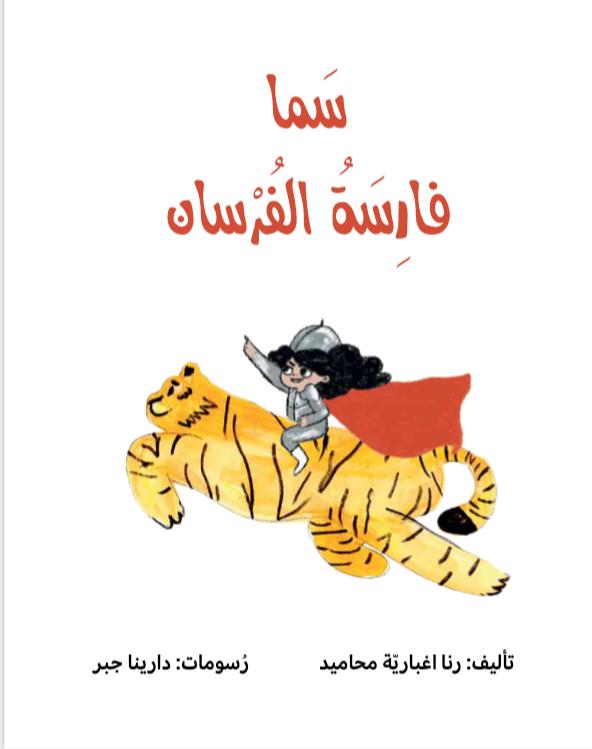 Sama the Chivalrous Knight
Sama the Chivalrous Knight 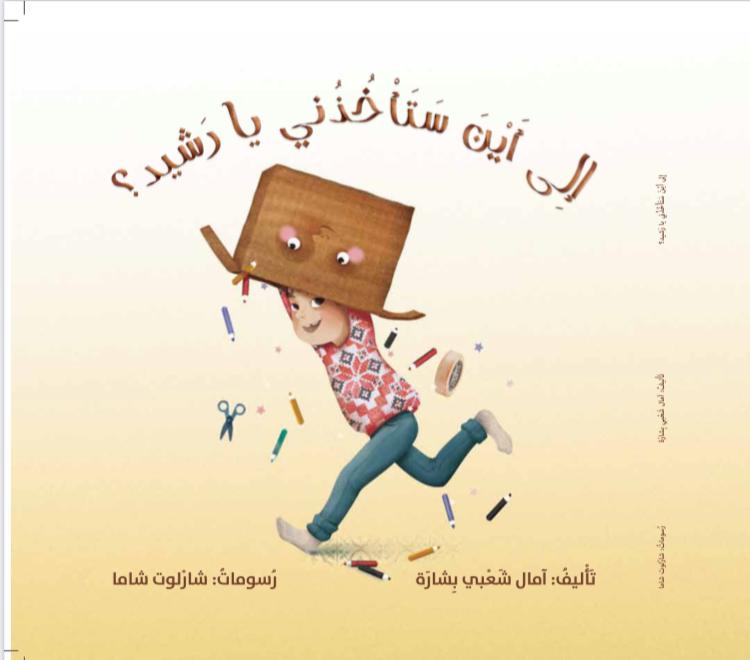 Where will you take me, Rashid?”
Where will you take me, Rashid?”  What if the Dinosaur Went Out to the Street
What if the Dinosaur Went Out to the Street 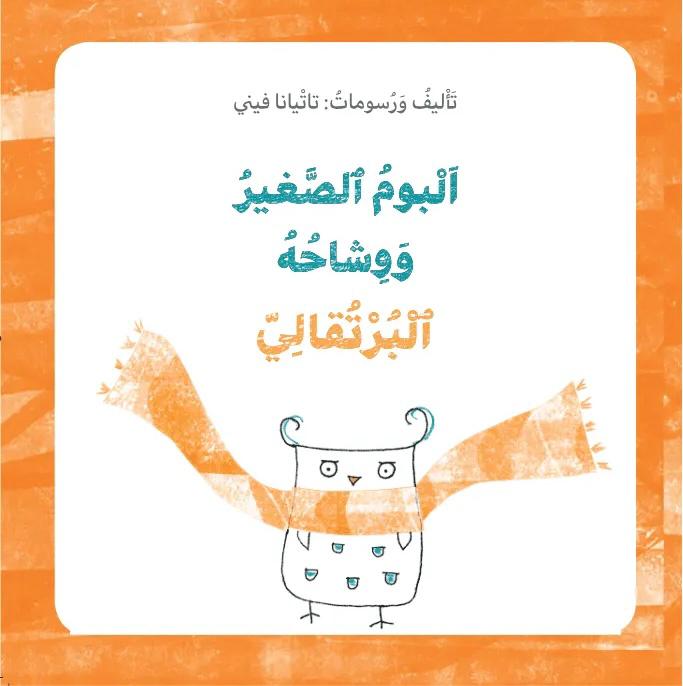 The Small Owl and his Orange Scarf
The Small Owl and his Orange Scarf 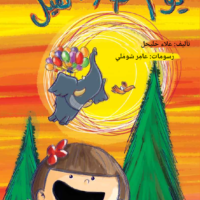 The Day the Elephant Flew
The Day the Elephant Flew 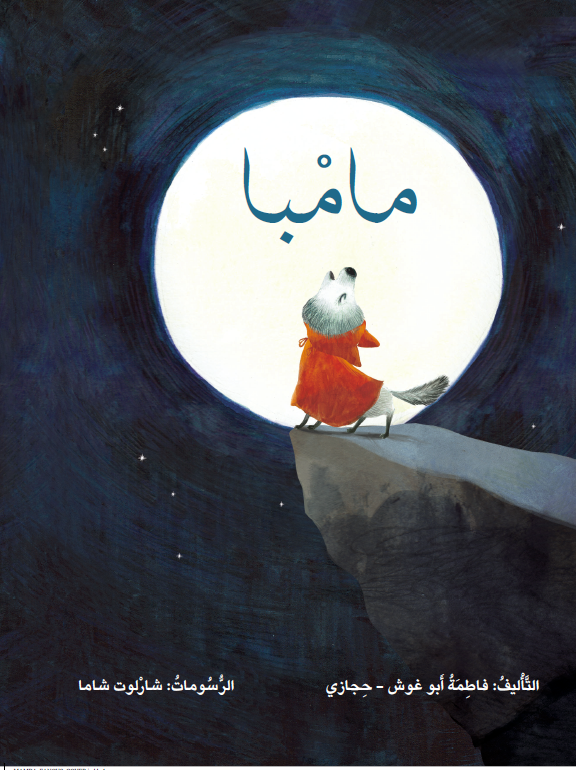 Mamba
Mamba 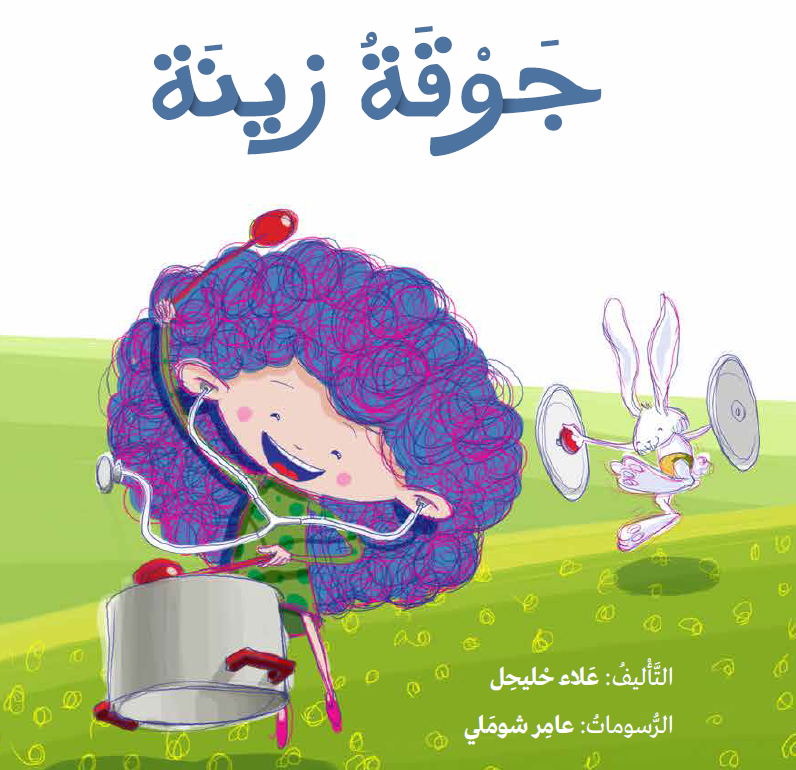 Zena’s Band
Zena’s Band  When I’m feeling scared
When I’m feeling scared 
